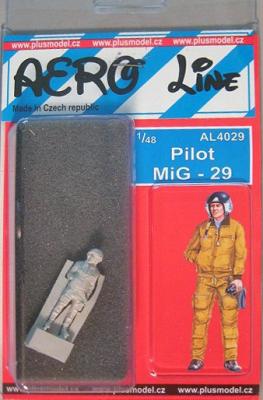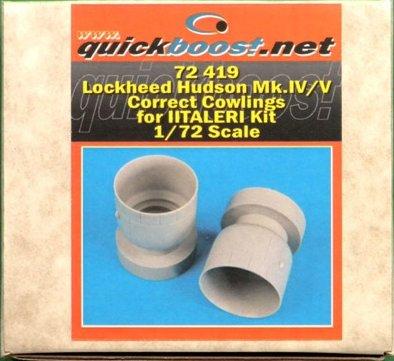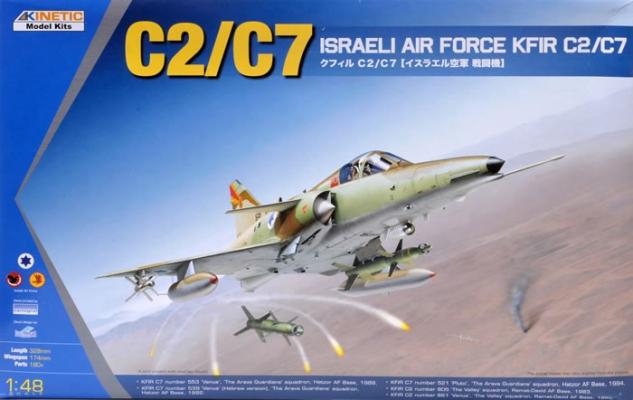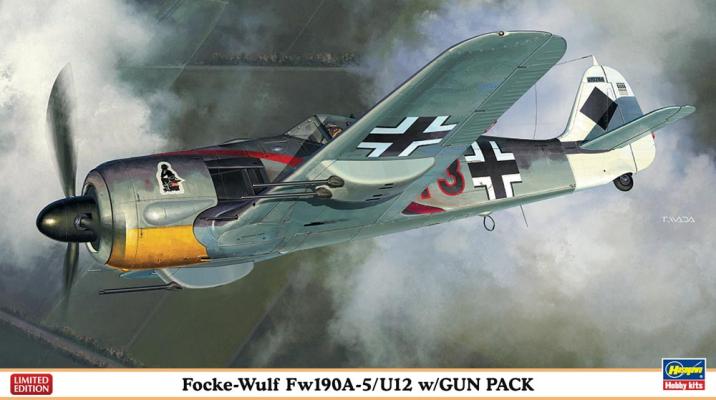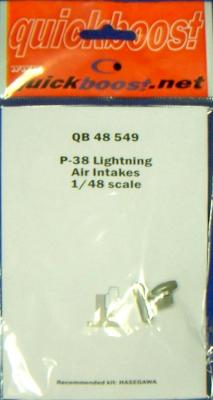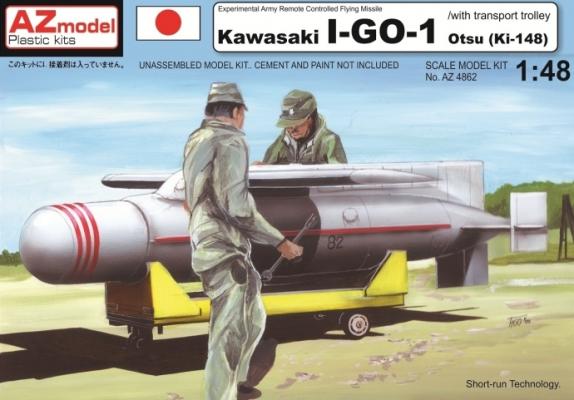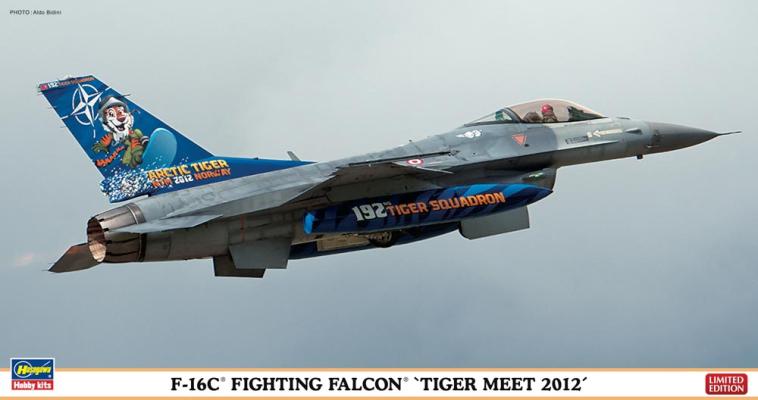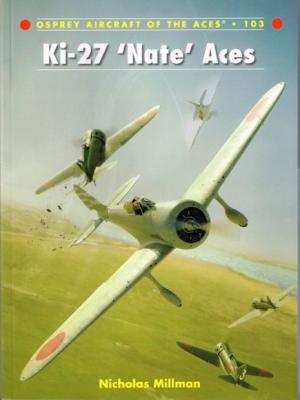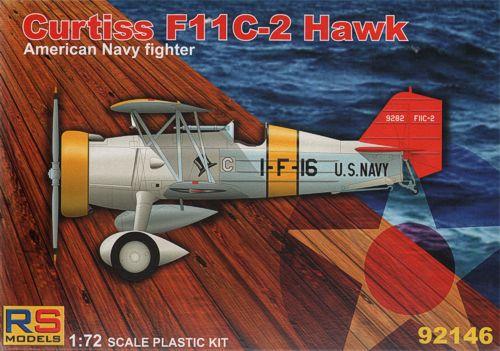I’ve loved Plusmodel’s Aero Line 1/48th scale series of resin figures since reviewing the first one a while back. This one is no different. With the recent release of the Eduard and Great Wall Hobby MiG-29s, this figure couldn’t come at a better time.
Packaged in a plastic bubble pack, this perfectly cast resin figure is molded in light grey with no blemishes anywhere. It has a minimal amount of flash around the whole figure that literally just falls off when touching it. Clean up is quite easy. This figure is a single piece with a pilot wearing a flight helmet. He has a hand in his pocket and the other one at his side holding his oxygen mask. The carving of these figures is impressive. The face is the most important facet of any figure, and these Aero Line figures are perfect. The proportions of the whole figure look absolutely realistic. The pour block is easily removed with a razor saw. The single piece ensures that there are no gaps anywhere.

